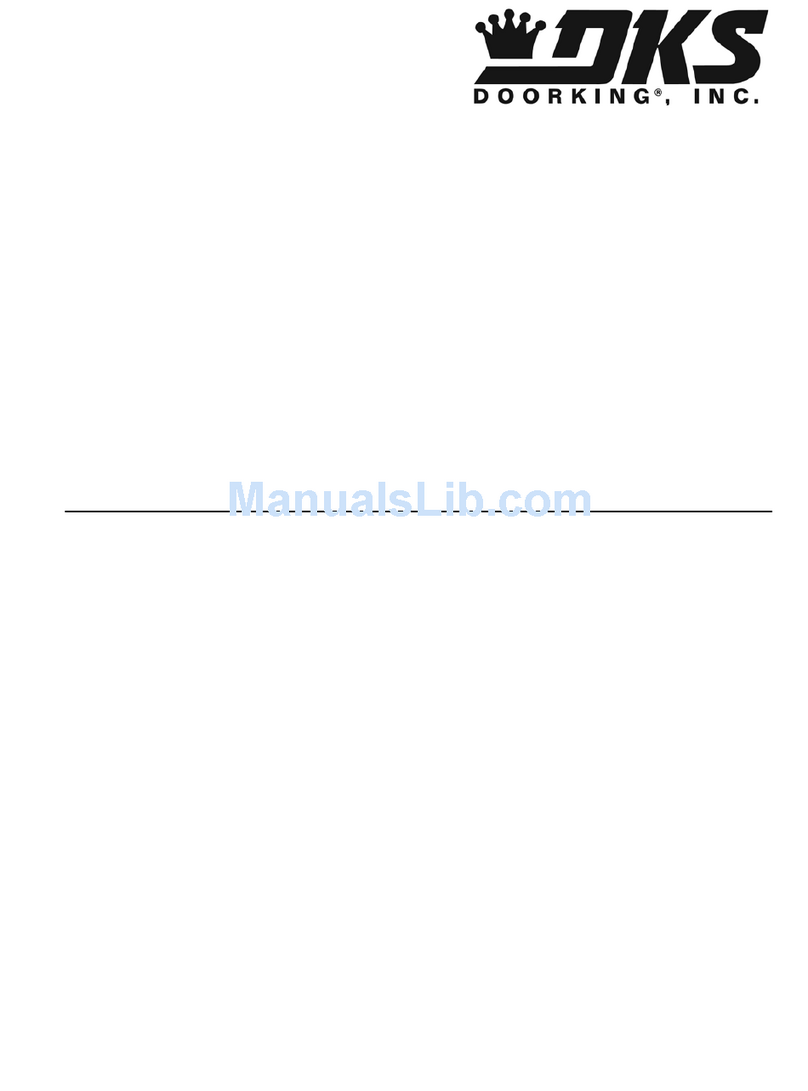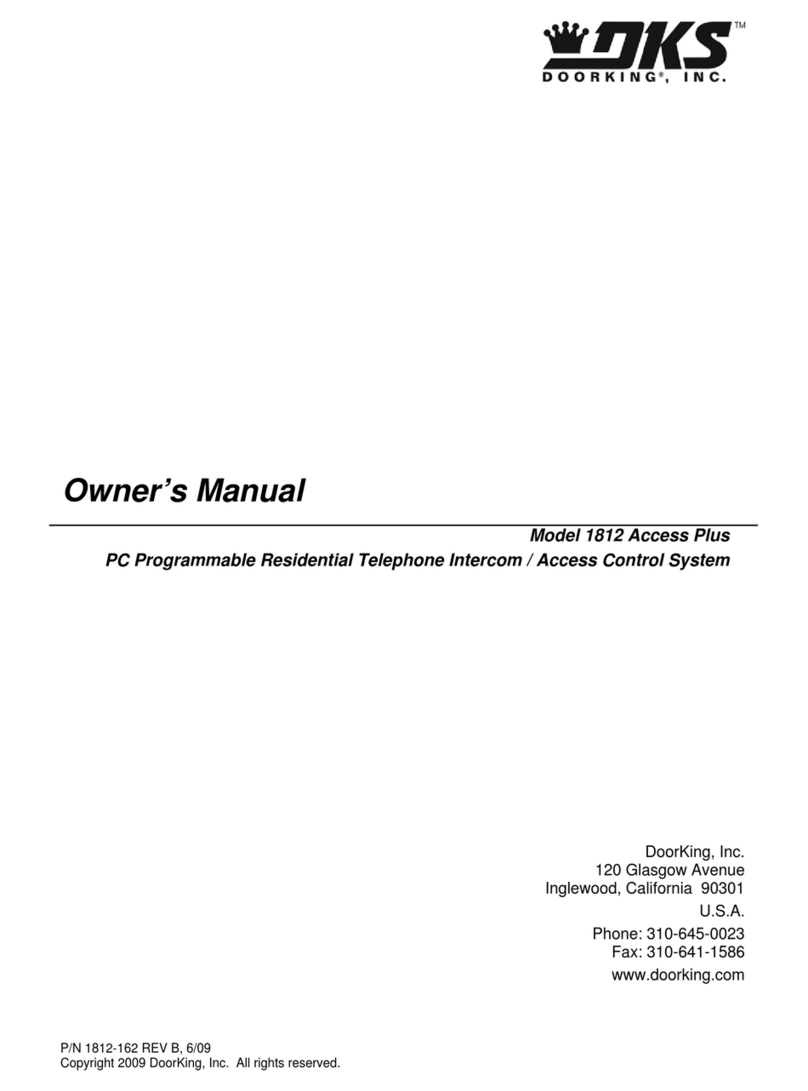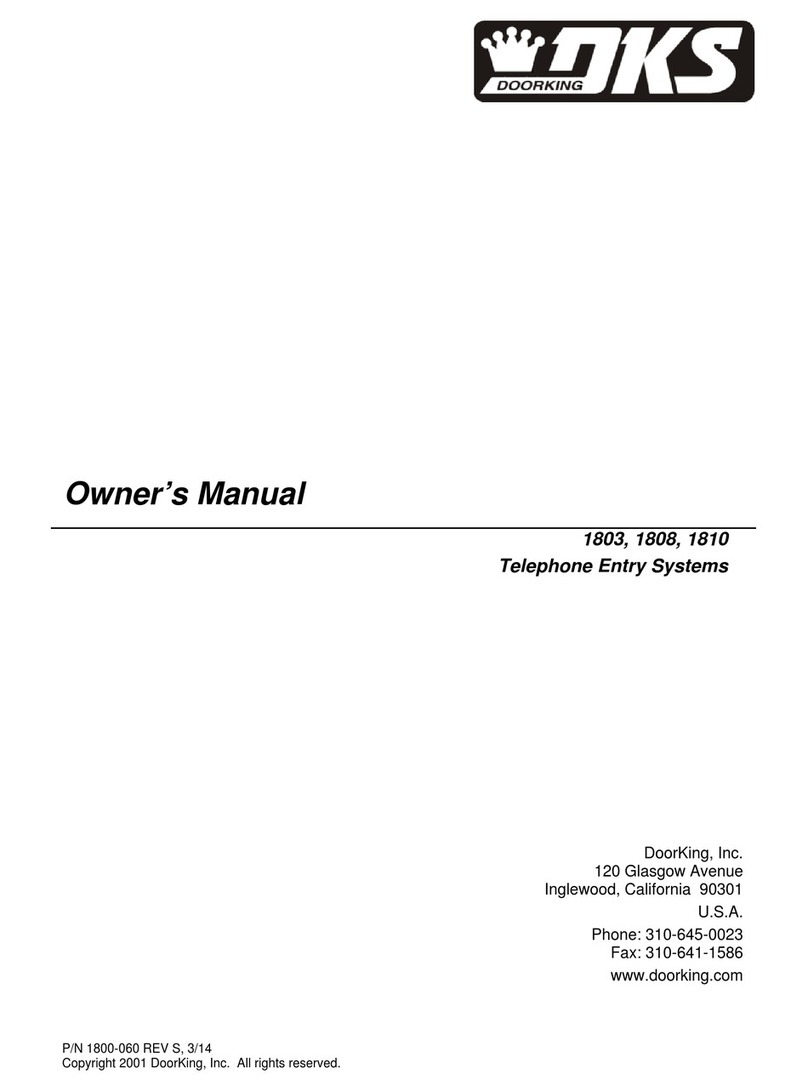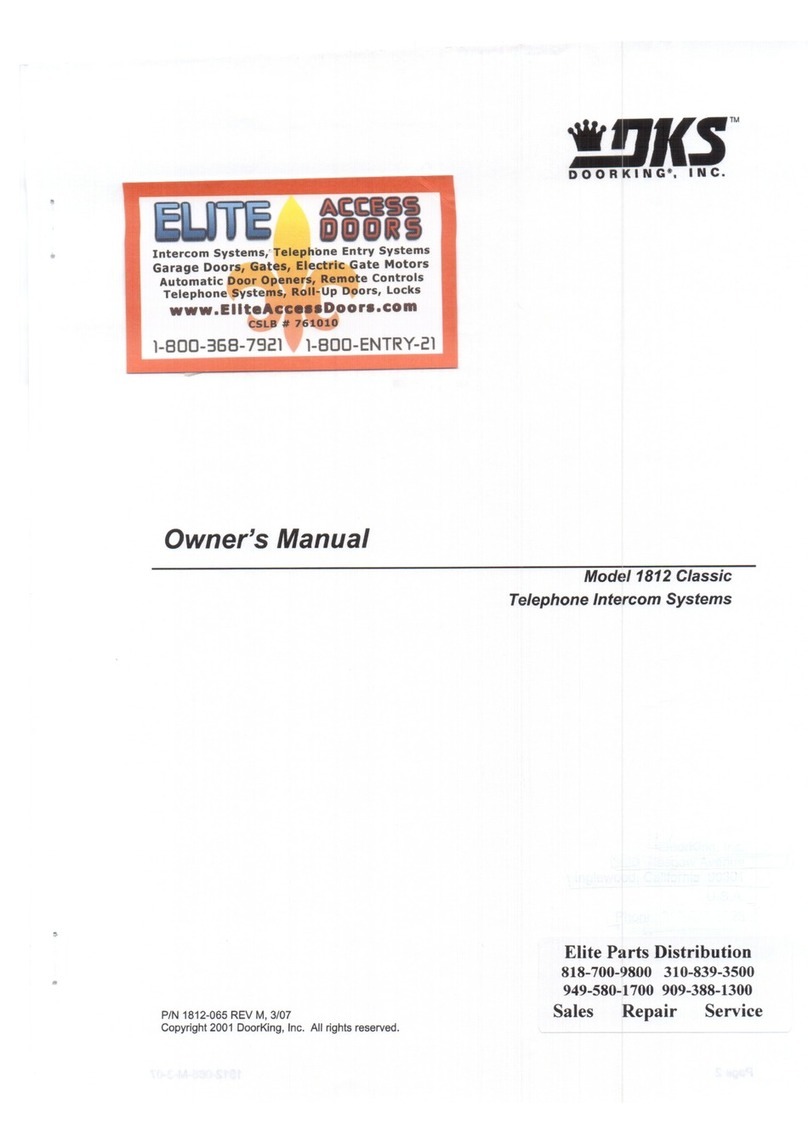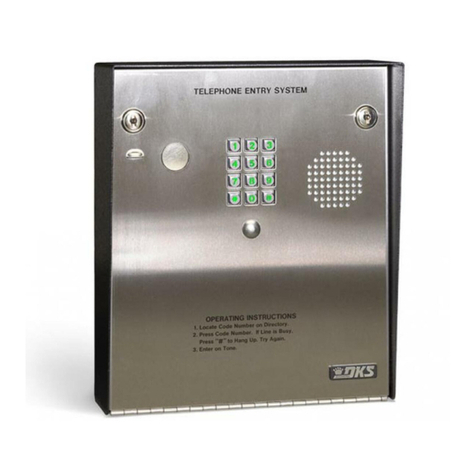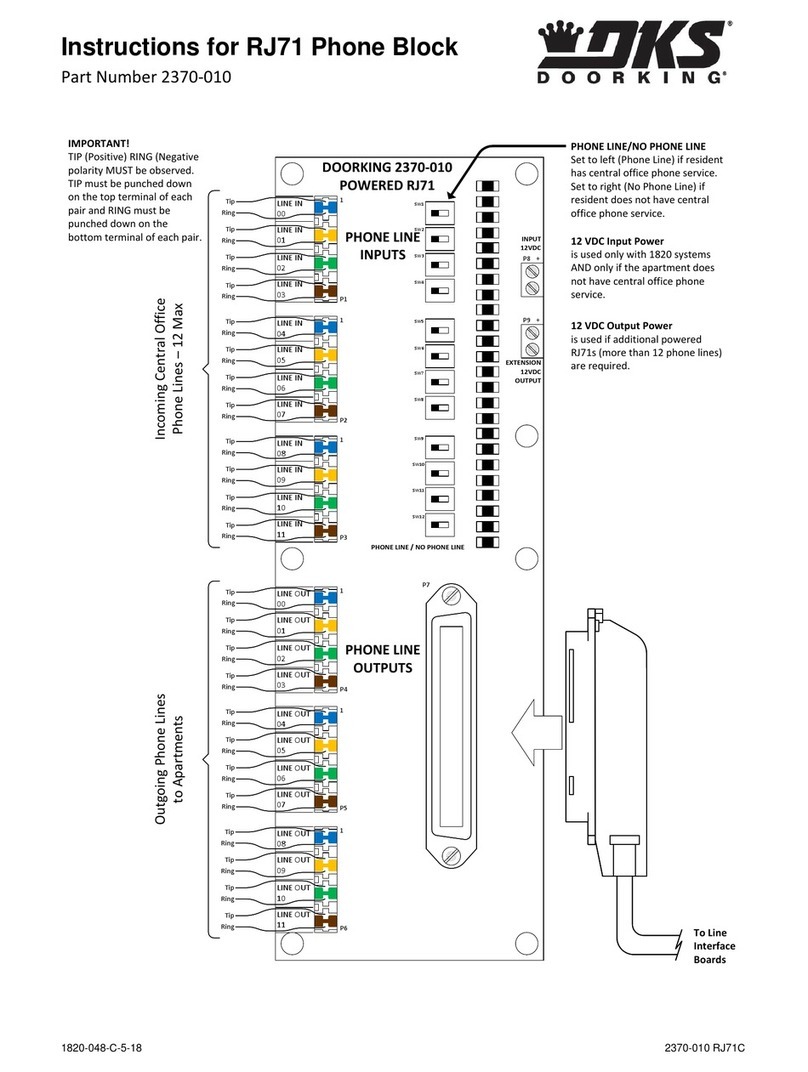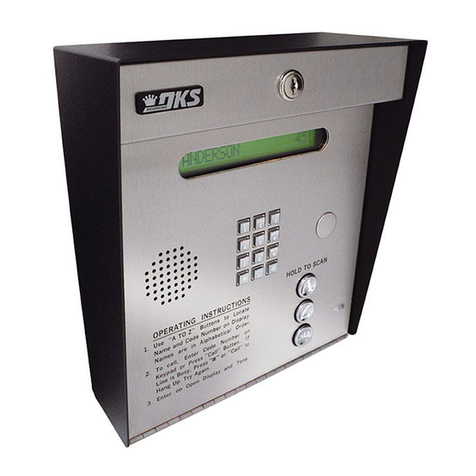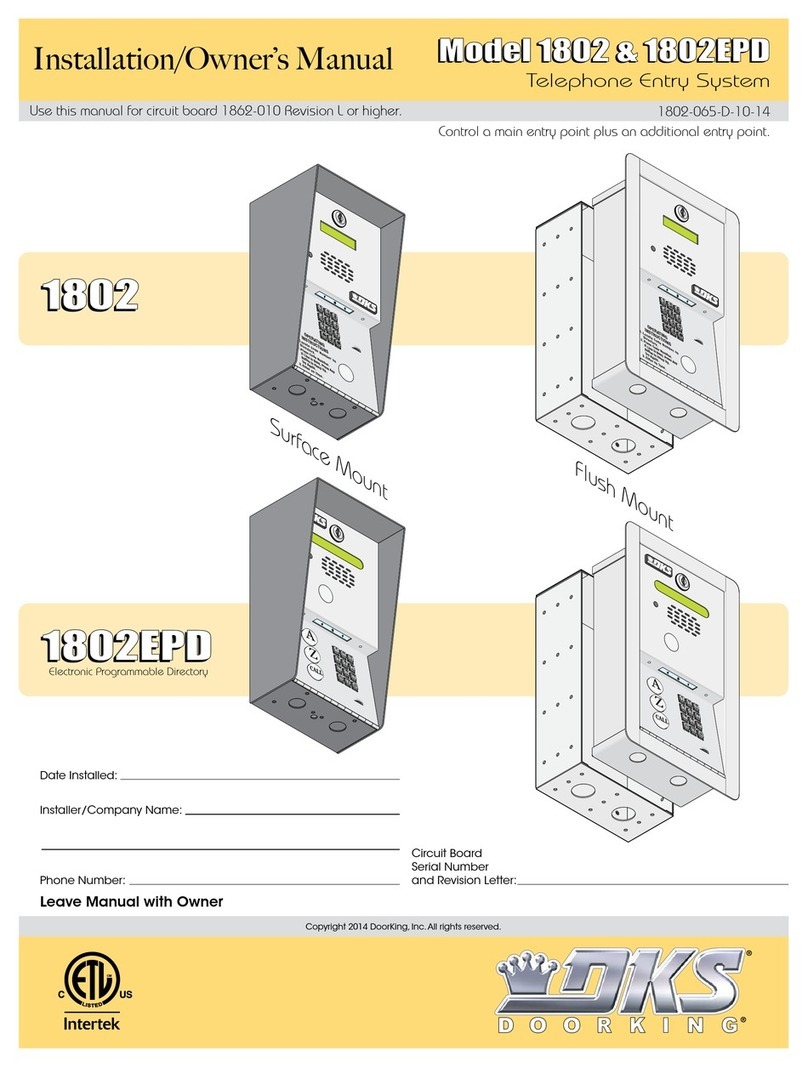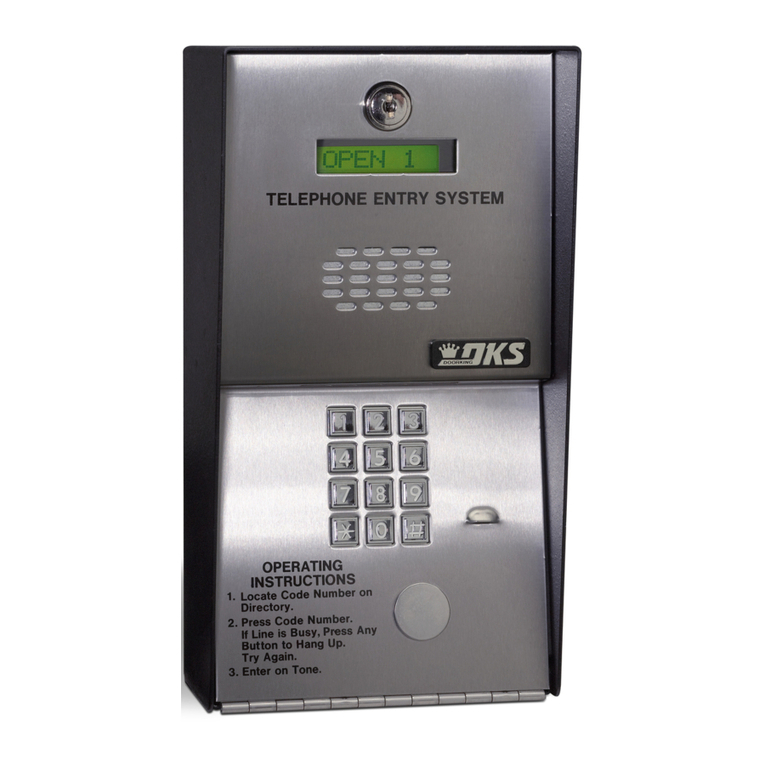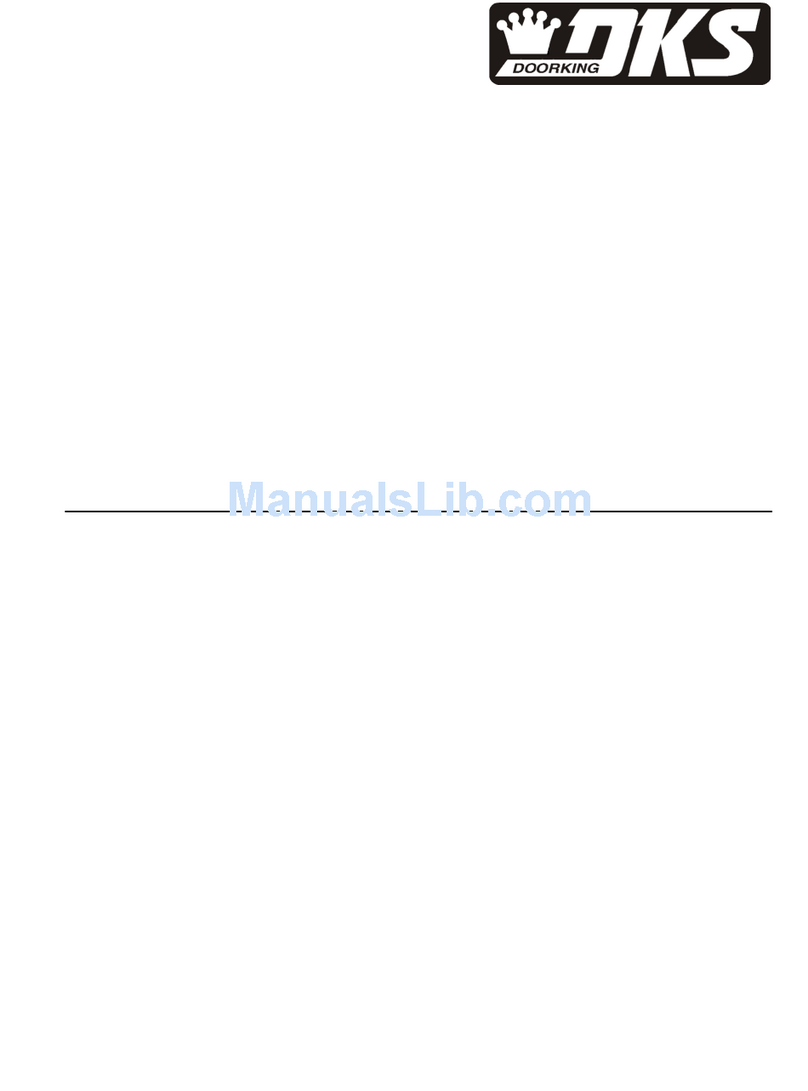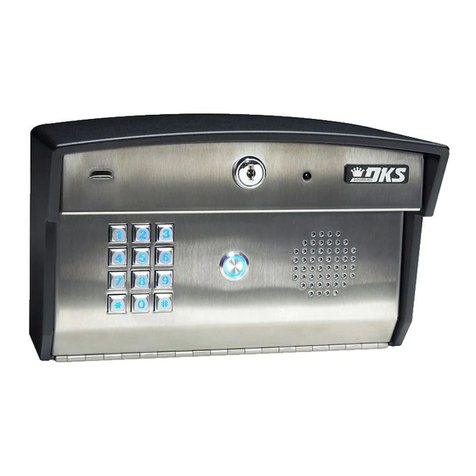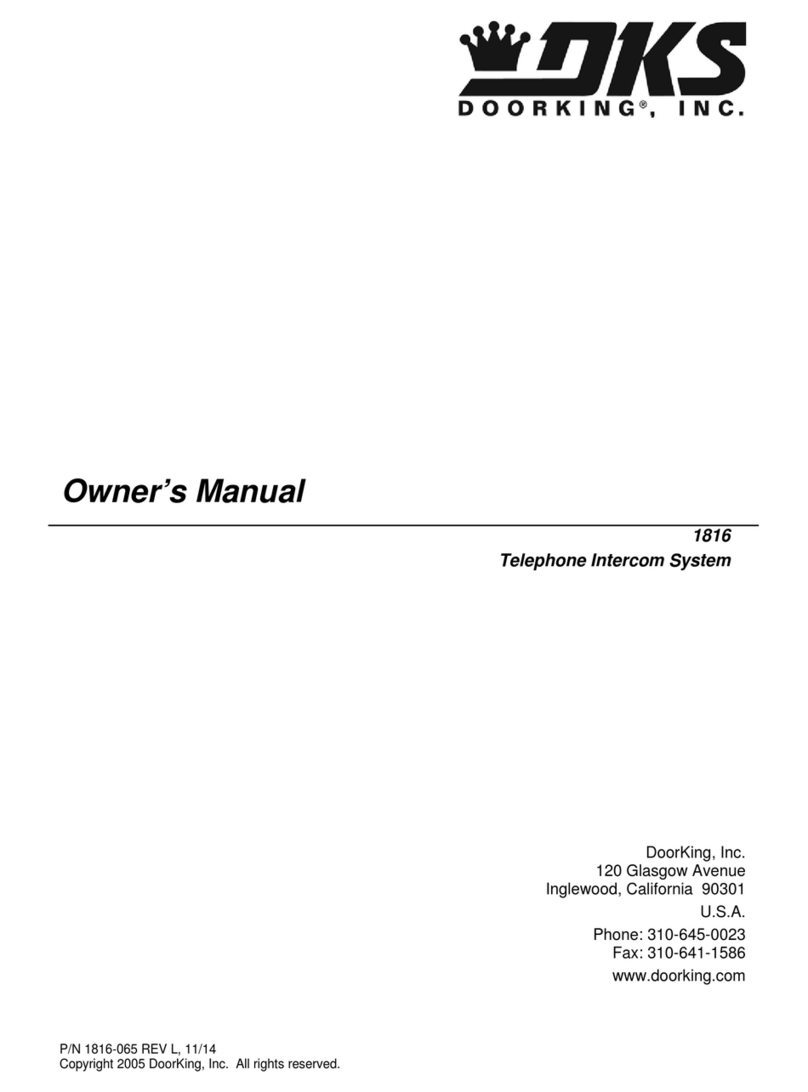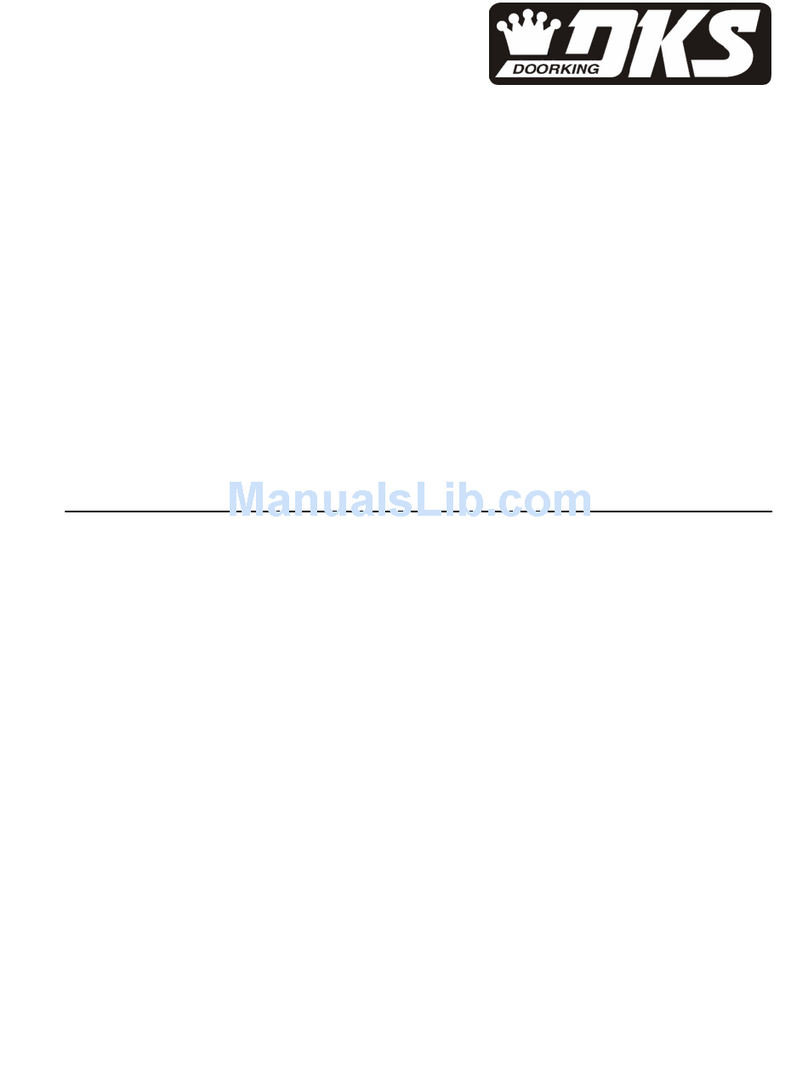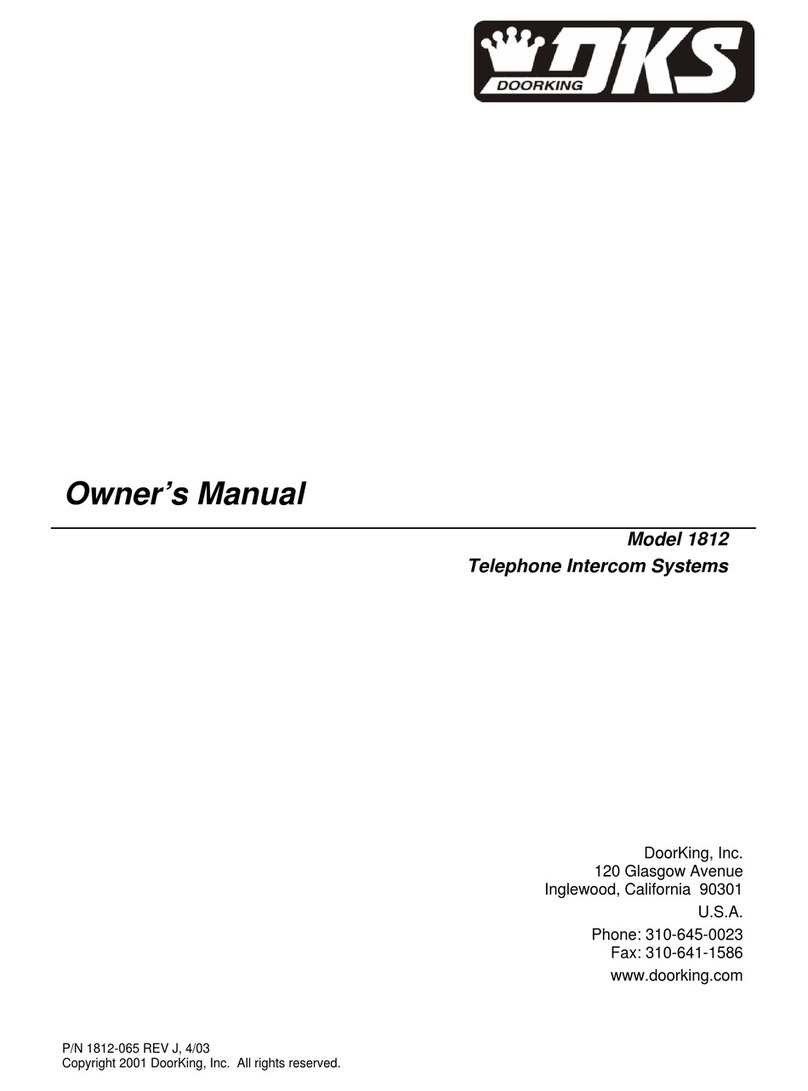
Table of Contents
Preface
Important Notices......................................................................................................................................................6
General Information..................................................................................................................................................7
Features ..................................................................................................................................................................8
Section 1 – Installation
1.1 General Information ...............................................................................................................................9
1.1.1 Main and Auxiliary Cabinet Information....................................................................................10
1.1.2 Garden Style Cabinet Information............................................................................................11
1.2 RJ71C Phone Block Installation............................................................................................................12
1.3 Cabinet, Relay and Component Identification.....................................................................................14
1.3.1 Main Control Cabinet................................................................................................................14
1.3.2 Auxiliary Cabinets.....................................................................................................................14
1.3.3 Relay Boards............................................................................................................................16
1.3.4 Decoder Boards .......................................................................................................................16
Section 2 – Wiring
General Information..................................................................................................................................................19
2.1 Main Garden Style Cabinet ......................................................................................................................20
2.2 Main and Auxiliary Cabinet.......................................................................................................................21
2.3 Main Circuit Board Terminal Location ......................................................................................................22
2.4 Main Circuit Board Terminal Description..................................................................................................23
2.5 Entry System / Central Office Gain Adjustment........................................................................................24
Section 3 – Programming
3.1 System Set Up ........................................................................................................................................25
3.1.1 Master Code.............................................................................................................................25
3.1.2 1882 Relay Board / 1884 Interface Board Selection................................................................25
3.1.3 Last Available Relay.................................................................................................................26
3.1.4 Setting the System Time Clock................................................................................................27
3.1.5 Set the Caller ID Number.........................................................................................................27
3.1.6 Set the Talk Time.....................................................................................................................27
3.1.7 Number of Rings / Ring Type...................................................................................................28
3.1.8 Tone Open Number Programming...........................................................................................28
3.1.9 Relay Strike Time.....................................................................................................................28
3.2 Directory Codes......................................................................................................................................29
3.2.1 Programming Directory Codes.................................................................................................29
3.2.2 Turning Programmable Directory Codes On / Off....................................................................30
3.2.3 Directory Code for Doorman / Concierge Phone......................................................................30
3.2.4 Erasing All Programmed Directory Codes................................................................................30
3.3 Dedicated Phone Line Access ..............................................................................................................31
3.3.1 Doorman / Concierge Outside Line Access .............................................................................31
3.3.2 Preprogrammed Phone Numbers ............................................................................................31
3.3.3 Erase Preprogrammed Phone Number....................................................................................32
3.3.4 Erase All Preprogrammed Phone Numbers.............................................................................32
3.4 Entry Codes ............................................................................................................................................33
3.4.1 Programming Entry Codes.......................................................................................................33
3.4.2 Erasing Individual Entry Codes................................................................................................33
3.4.3 Erasing All Entry Codes ...........................................................................................................33
Page 4 1816-065-K-12-11
